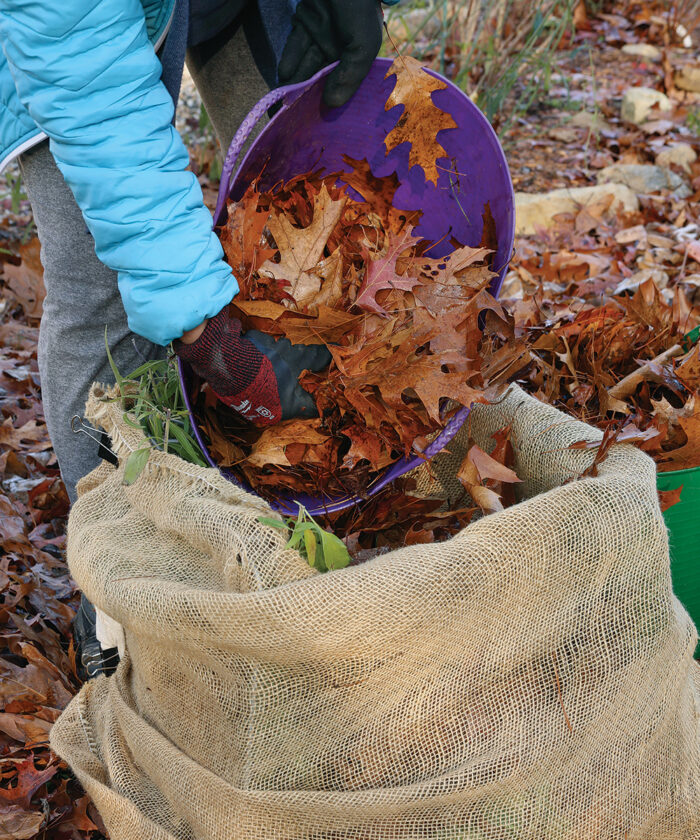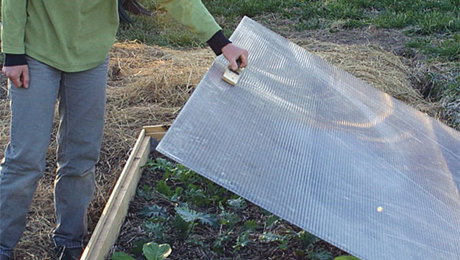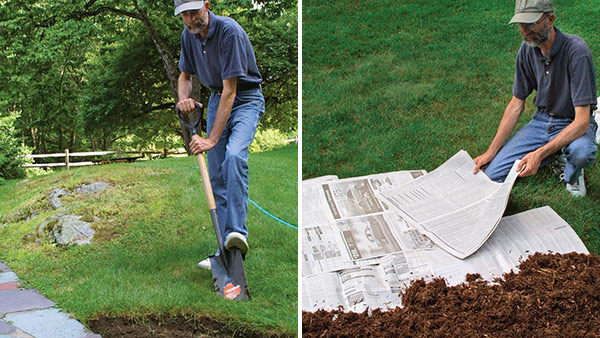
The USDA Hardiness Zone that you see listed with a plant should be considered a recommendation and not an absolute. Hardiness zones measure the average annual minimum temperature, but they do not account for soil moisture, the duration of cold weather, and other factors that influence plant survival. Intrepid gardeners love to roll the dice and push their zones and their luck. Here are a few tricks that might help you get away with it.
1. Mulch heavily
A herbaceous plant just needs its roots and crown protected, and a thick layer of mulch can often provide half to a full zone extra of hardiness. Just remember to rake back that heavy mulch layer in spring.
2. Plant against a wall
The British have a term that is going out of style, but I find it useful. If a plant is listed in references as a “wall plant,” it is not entirely hardy, but the added wind protection and radiant heat provided by a wall will help it survive.
3. Take advantage of a slope
In recent years I’ve been amazed at the successes I’ve had simply planting on a slope. Marginally hardy plants appreciate the heavier cold air moving down and away, a trick fruit growers have used for generations when planting their orchards.
4. Wrap it up
If all else fails, the real deniers will wrap plants in burlap or plastic, insulate them with foam or fallen leaves, and even wrap them in string lights to keep them warm.
Mark Weathington is the director of the JC Raulston Arboretum in Raleigh, North Carolina.


















Comments
Log in or create an account to post a comment.
Sign up Log in